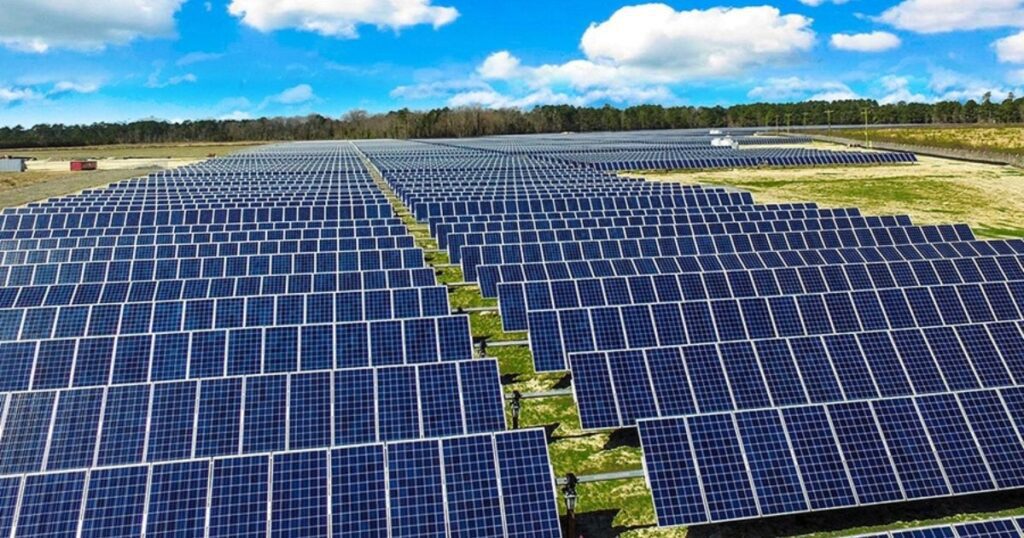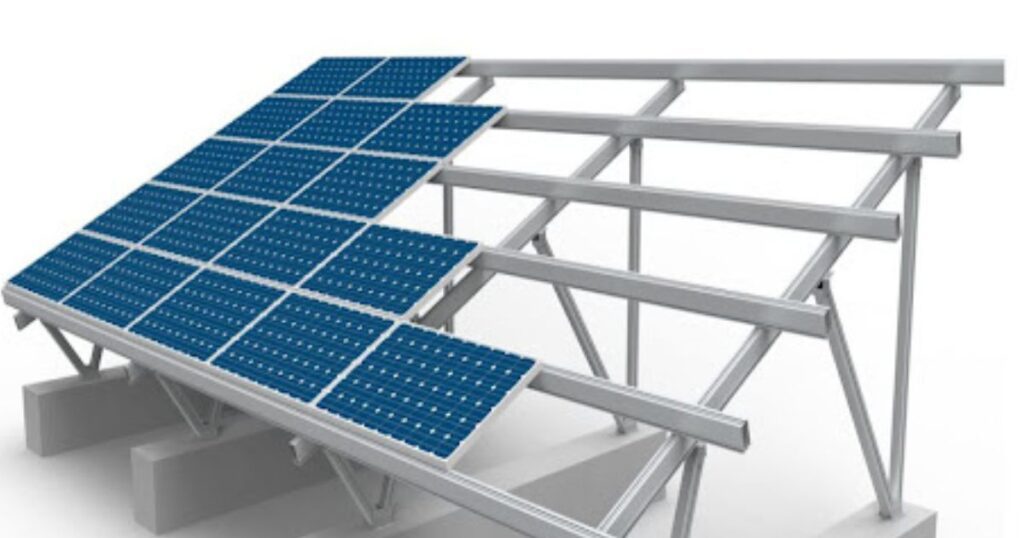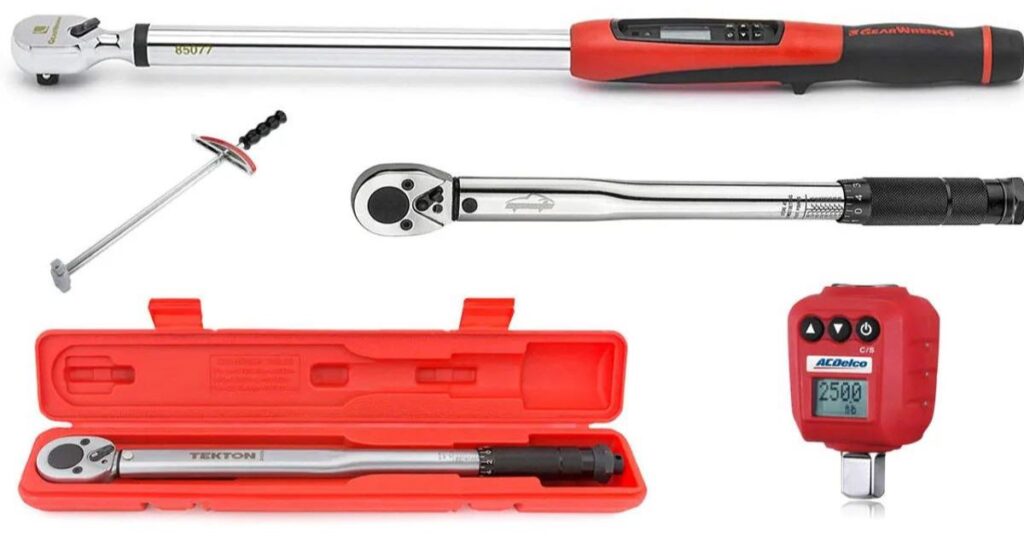Achieve Maximum Solar Efficiency: The Best Photovoltaic Tools Explained
As the world increasingly turns to renewable energy sources, the demand for photovoltaic (PV) tools has surged. These tools are essential for the installation, maintenance, and optimization of solar panels, ensuring that they operate at maximum efficiency. In this comprehensive guide, we dive into the various tools used in the photovoltaic industry, their functions, and how they contribute to the overall effectiveness of solar energy systems.
Understanding Photovoltaic Systems
Photovoltaic systems, commonly known as solar power systems, convert sunlight directly into electricity using semiconductor materials. The core components of these systems include solar panels, inverters, mounting structures, and various balance of system (BOS) components. Each of these elements requires specialized tools for proper installation and maintenance. Understanding the intricate workings of these components is essential for anyone involved in the Photovoltaic tools industry.
Key Components of Photovoltaic Systems
Solar Panels
- Description: Solar panels, or modules, are composed of numerous solar cells that capture sunlight and convert it into electrical energy. These panels are typically made of silicon, a semiconductor material.
- Function: The primary function of solar panels is to generate direct current (DC) electricity from sunlight. This electricity can then be used to power homes, businesses, or be fed into the grid.

Inverters
- Description: Inverters are devices that convert the DC electricity produced by solar panels into alternating current (AC) electricity, which is the standard form of electrical power used in homes and businesses.
- Function: Inverters play a critical role in ensuring that the electricity generated by solar panels can be used by common household appliances and electronics.

Mounting Structures
- Description: Mounting structures are used to secure solar panels in place, whether on rooftops, ground-mounted systems, or other structures.
- Function: These structures must be durable and able to withstand various weather conditions, ensuring that solar panels remain securely in place for optimal energy capture.

Balance of System (BOS) Components
- Description: BOS components include all the additional elements needed for a complete PV system, such as wiring, switches, fuses, and monitoring equipment.
- Function: These components are essential for the safe and efficient operation of the solar power system, providing necessary connections and safety mechanisms.
Essential Tools for Photovoltaic Installation
Solar Panel Installation Tools
Torque Wrenches
- Function: Torque wrenches are used to apply a specific torque to bolts and nuts, ensuring that solar panels are securely attached to their mounting structures without over-tightening.
- Importance: Proper torque application prevents damage to the panels and ensures stability, which is crucial for long-term performance. Incorrect torque can lead to panel misalignment or even structural failures over time.

Cable Strippers
- Function: Cable strippers are essential for preparing electrical cables by removing insulation without damaging the conductive wire.
- Importance: Accurate stripping is vital for secure and efficient electrical connections, which are critical for the safety and functionality of the PV system. Poorly stripped cables can lead to faulty connections and potential electrical hazards.

Multimeters
- Function: Multimeters measure voltage, current, and resistance in the electrical circuits of PV systems.
- Importance: These measurements help in diagnosing electrical issues and ensuring that the system operates within the specified parameters. Regular use of multimeters can prevent major system failures and extend the lifespan of the PV system.

Tools for Mounting and Structural Integrity
Solar Panel Lifting Tools
- Function: These tools assist in the safe and efficient lifting of solar panels onto rooftops or other high structures.
- Importance: Reducing manual handling minimizes the risk of damage to the panels and ensures the safety of the installation crew. Proper lifting tools also enhance the efficiency of the installation process, saving time and labor costs.
Leveling Instruments
- Function: Leveling instruments, such as spirit levels, are used to ensure that solar panels are installed at the correct angle and orientation.
- Importance: Proper alignment maximizes the panels’ exposure to sunlight, thereby enhancing their energy output. Even slight misalignments can significantly impact the efficiency of the solar array, making leveling instruments indispensable.
Electrical and Connectivity Tools
Crimping Tools
- Function: Crimping tools are used to attach connectors to electrical cables securely.
- Importance: Proper crimping ensures robust and reliable electrical connections, which are essential for the overall efficiency of the PV system. Poorly crimped connections can result in energy loss and potential safety hazards.
IV Curve Tracers
- Function: IV curve tracers measure the current and voltage output of solar panels to create an IV curve, which helps in assessing the panel’s performance.
- Importance: Regular performance assessment helps in identifying underperforming panels and potential issues, allowing for timely maintenance and optimization. This tool is crucial for maximizing the return on investment in solar technology.
Advanced Photovoltaic Diagnostic Tools
Thermal Imaging Cameras
- Function: Thermal imaging cameras detect heat patterns on solar panels, identifying hotspots that indicate potential problems such as micro-cracks or faulty connections.
- Importance: Early detection of these issues prevents further damage and ensures the long-term efficiency and reliability of the PV system. Hotspots can drastically reduce the performance of a solar panel, making thermal imaging an essential diagnostic tool.
Solar Pathfinders
- Function: Solar pathfinders assess the potential shading on a proposed installation site by mapping out the sun’s path throughout the year.
- Importance: This assessment helps in determining the optimal placement of solar panels to avoid shading and maximize energy production. Proper site assessment can increase the overall efficiency and energy yield of the PV system.
Data Loggers and Monitoring Systems
- Function: Data loggers and monitoring systems continuously record the performance data of PV systems, including energy production and system efficiency.
- Importance: Continuous monitoring allows for real-time performance analysis and prompt identification of any anomalies, ensuring optimal system performance. These systems provide valuable data that can be used to improve maintenance schedules and operational efficiency.
Maintenance and Safety Tools
Insulation Resistance Testers
- Function: Insulation resistance testers measure the insulation resistance of electrical cables and components to ensure they are safe and free from faults.
- Importance: Regular testing prevents electrical hazards and maintains the integrity of the PV system’s electrical components. Insulation resistance testing is a critical maintenance task that helps in identifying potential issues before they become serious problems.
Safety Harnesses and Personal Protective Equipment (PPE)
- Function: Safety harnesses and PPE, including helmets, gloves, and safety glasses, protect installation and maintenance personnel from potential hazards.
- Importance: Ensuring the safety of the workforce is paramount, and proper use of safety equipment minimizes the risk of accidents and injuries. A safe work environment is essential for the successful deployment and maintenance of PV systems.
Innovations in Photovoltaic Tools
Automated Cleaning Systems
- Function: Automated cleaning systems use robotics and advanced technologies to clean solar panels without manual intervention.
- Importance: Regular cleaning is crucial for maintaining the efficiency of solar panels, as dirt and debris can significantly reduce their energy output. Automated systems ensure that panels are cleaned consistently and thoroughly, maximizing their performance and lifespan.
Drone Technology
- Function: Drones equipped with cameras and sensors can inspect large solar farms quickly and efficiently.
- Importance: Drone inspections save time and provide detailed aerial views of the installation, making it easier to identify and address potential issues. Drones can access hard-to-reach areas and provide high-resolution imagery, improving the accuracy and effectiveness of inspections.
Conclusion
In the rapidly evolving field of solar energy, the right Photovoltaic Tools play a crucial role in ensuring the successful installation, maintenance, and optimization of solar power systems. From basic installation tools to advanced diagnostic and maintenance equipment, each tool has a specific purpose that contributes to the overall efficiency and reliability of the PV system. By utilizing these tools effectively, we can maximize the performance of solar energy systems, contributing to a sustainable and energy-efficient future.
FAQ’s
1. What are the most important tools for installing photovoltaic systems?
The most important tools for installing photovoltaic systems include torque wrenches, cable strippers, and multimeters for electrical work, solar panel lifting tools and leveling instruments for mounting, and crimping tools and IV curve tracers for ensuring proper connections and performance assessment.
2. How do thermal imaging cameras help in maintaining photovoltaic systems?
Thermal imaging cameras detect heat patterns on solar panels, identifying hotspots that may indicate issues like micro-cracks or faulty connections. Early detection of these problems helps prevent further damage and ensures the long-term efficiency and reliability of the PV system.
3. Why is regular cleaning of solar panels necessary, and what tools can be used?
Regular cleaning of solar panels is necessary to remove dirt and debris that can significantly reduce their energy output. Automated cleaning systems and robotic technologies can clean solar panels without manual intervention, ensuring they remain efficient and effective.
4. What role do drones play in the maintenance of large solar farms?
Drones equipped with cameras and sensors can inspect large solar farms quickly and efficiently. They provide detailed aerial views of the installation, making it easier to identify and address potential issues. Drones can access hard-to-reach areas and provide high-resolution imagery, improving the accuracy and effectiveness of inspections.
5. What safety equipment is essential for personnel working on photovoltaic installations?
Essential safety equipment for personnel working on photovoltaic installations includes safety harnesses, helmets, gloves, and safety glasses. These items protect workers from potential hazards and ensure a safe working environment during installation and maintenance activities.
One Response